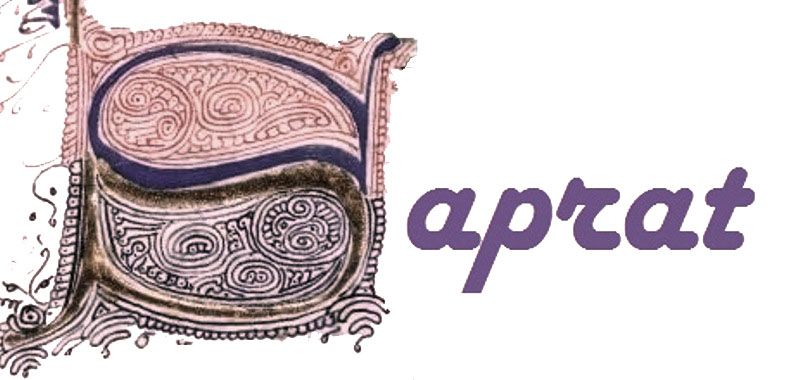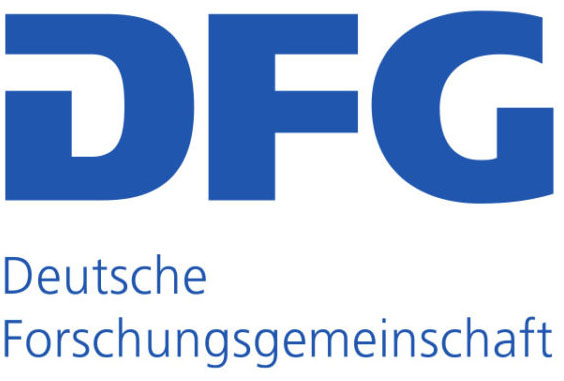Welcome
Welcome to HebrewPal! The aim of this resource is to offer historians, textual scholars, manuscript students, and the general learned public accessible tools for the study of Hebrew scripts and handwritings from the Middle Ages and Early Modern period. It analyses and makes freely available samples of manuscripts, both books and documents, as well as epigraphic inscriptions in Hebrew and Judeo-languages from across Jewish communities.
Fully searchable, HebrewPal contains a large library of annotated digital images of manuscripts, documents, and inscriptions. Each item benefits from different levels of definition and description including:
- Dating and geographical location
- Material and codicological characteristics
- Textual contents
- Various graphic elements: letters, vowels, abbreviations, divine names, decoration and other scribal devices
- Characterisation and description of the script
- Identification of the scribal hands
The descriptions of the script include the global aspect of the writing and the dynamic and morphological features of the letters and other graphic components of the annotated samples.
For more information about the HebrewPal project, please visit the About section.
Searching the Database
HebrewPal offers different ways of retrieving and exploring information. All digital images are annotated and interactive, and the descriptions can be browsed and searched in multiple ways: via a free text search for keywords, and also by filtering the many categories and descriptors available from a range of pre-set menus.
Click on the Database link in the navigation menu to access the database and open the search options.
You can also consume the project data directly (in JSON format) using our open web API.
For additional materials and guidelines, see the Help section.
Our Database Collection
HebrewPal is part of a collection of databases produced in collaboration with the Jewish Book Culture in the Islamicate World project.
These projects create, build upon and make available three searchable data repositories:
HebrewPal is a pioneering Hebrew script database. It follows an original palaeographical approach. The analysis of the script is carried out from the global view of the script sample, through the study of individual words and letters to the details of the components of every letter.
Browse DatabaseJewish Book Culture offers a comprehensive searchable corpus of sources for the history of the Hebrew book in the Islamicate world. It consists of three parts: descriptions of manuscripts, editions and translations of documents concerning books and quotations about books in literature.
Browse DatabaseThis is an alphabetic encyclopaedic glossary of Jewish Book Culture in the medieval Islamicate World.
Coming Soon
Related Databases
As well as our database collection, the following are a list of other databases that are related to this project:
Contact Us
If you'd like to discuss the HebrewPal project (or any other database in our collection) please email us at judith.schlanger@ames.ox.ac.uk











Funded by the European Union (ERC, MiDRASH, Project No. 101071829). Views and opinions expressed are however those of the author(s) only and do not necessarily reflect those of the European Union or the European Research Council Executive Agency. Neither the European Union nor the granting authority can be held responsible for them.

